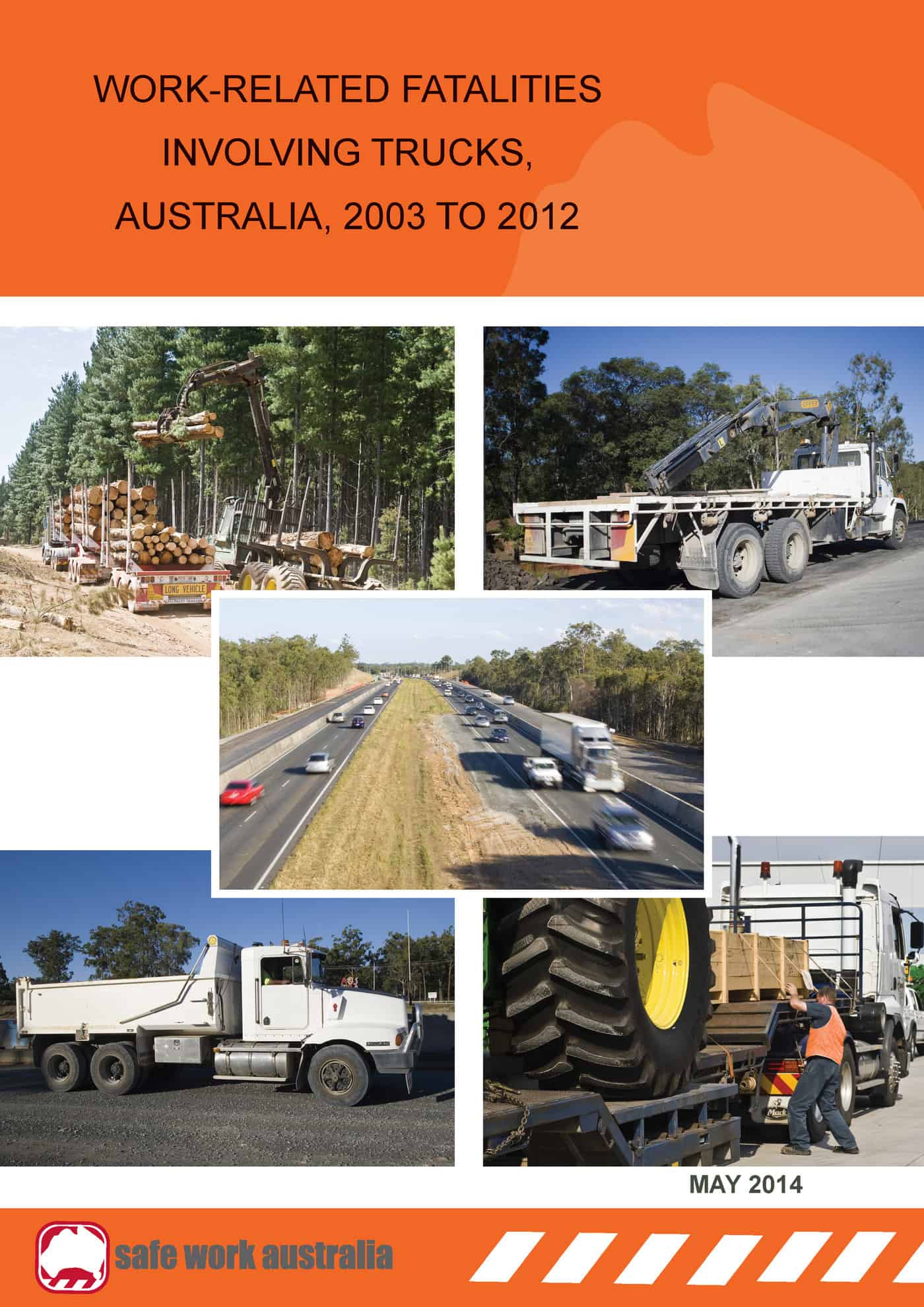 In early 2014 a truck driver drove his vehicle into an intersection, collided with a car resulting in the death of four out of five members of one family. The truck driver, Jobandeep Gill, has been sentenced to 10 years jail. Video of the incident site shows a company name on the side of the van. It is not possible to determine who Gill was driving for or what his employment status was but, regardless of this, it seems a work vehicle was involved in the death of four people, and therefore occupational safety laws (OHS) may have been broken.
In early 2014 a truck driver drove his vehicle into an intersection, collided with a car resulting in the death of four out of five members of one family. The truck driver, Jobandeep Gill, has been sentenced to 10 years jail. Video of the incident site shows a company name on the side of the van. It is not possible to determine who Gill was driving for or what his employment status was but, regardless of this, it seems a work vehicle was involved in the death of four people, and therefore occupational safety laws (OHS) may have been broken.
It is accepted by OHS regulators that a truck is a workplace for the driver and that OHS responsibilities of all workers include
“… take reasonable care for the health and safety of persons who may be affected by the employee’s acts or omissions at a workplace…” (Section 25 of the Victorian OHS Act 2004)
On 25 November 2015, Dr Rwth Stuckey stated at an ISCRR seminar that:
“WRR (work related road) crashes [are the] leading cause of traumatic work-related fatality & injury in most westernised countries.”
So why don’t OHS regulators follow-up WRR crashes by interviewing the truck owners or the employers of the drivers? Perhaps statistics don’t support Dr Stuckey?
